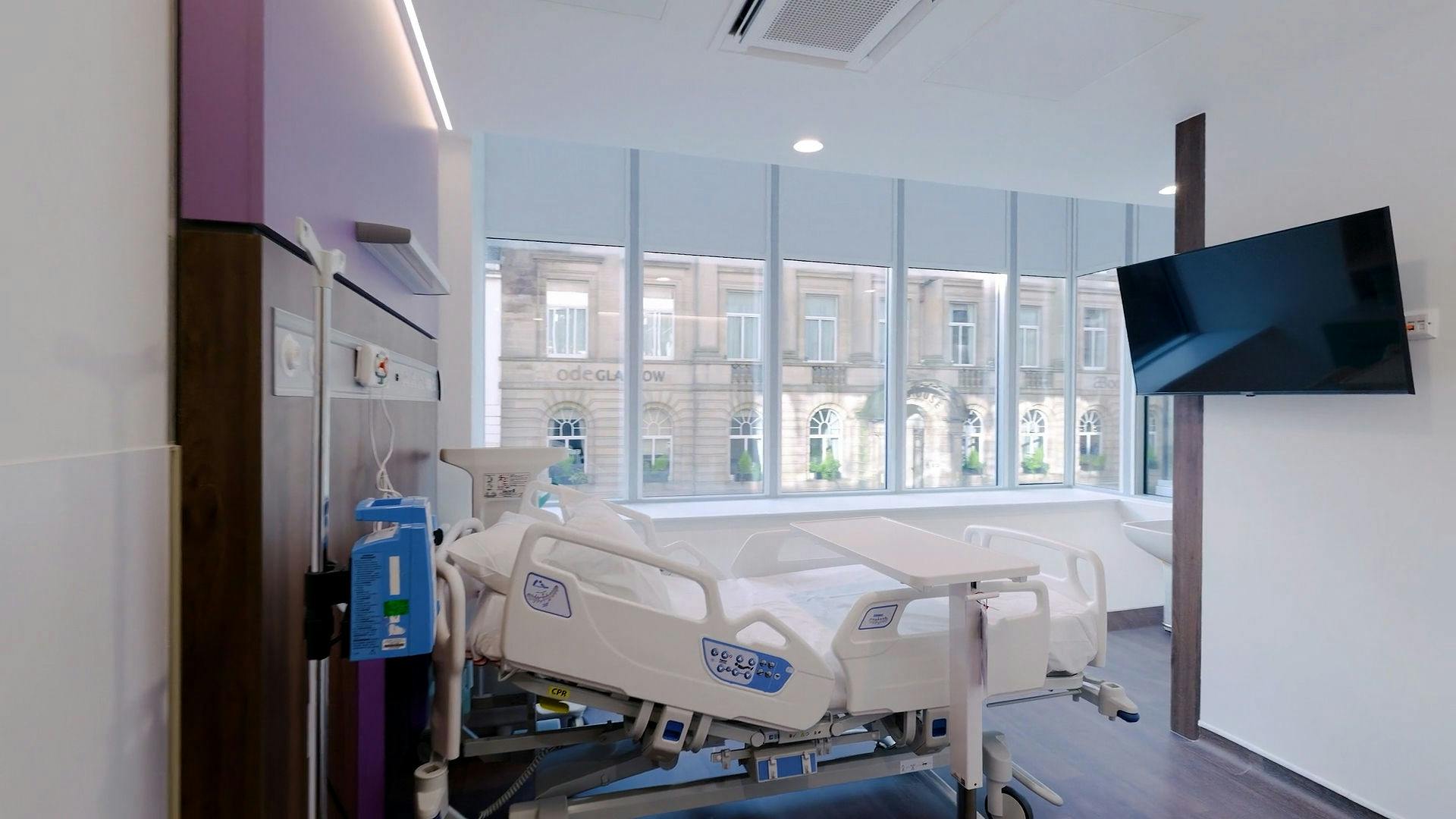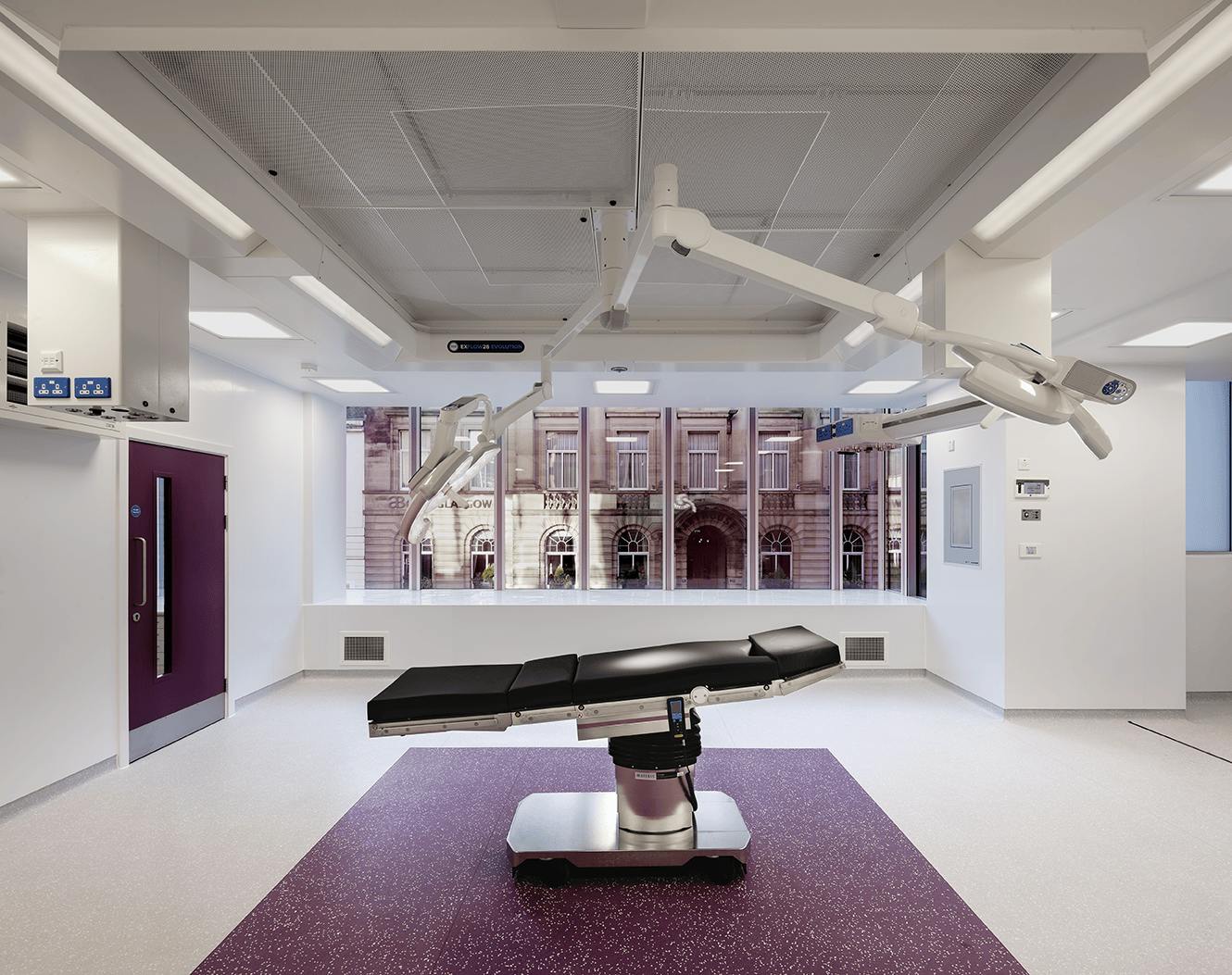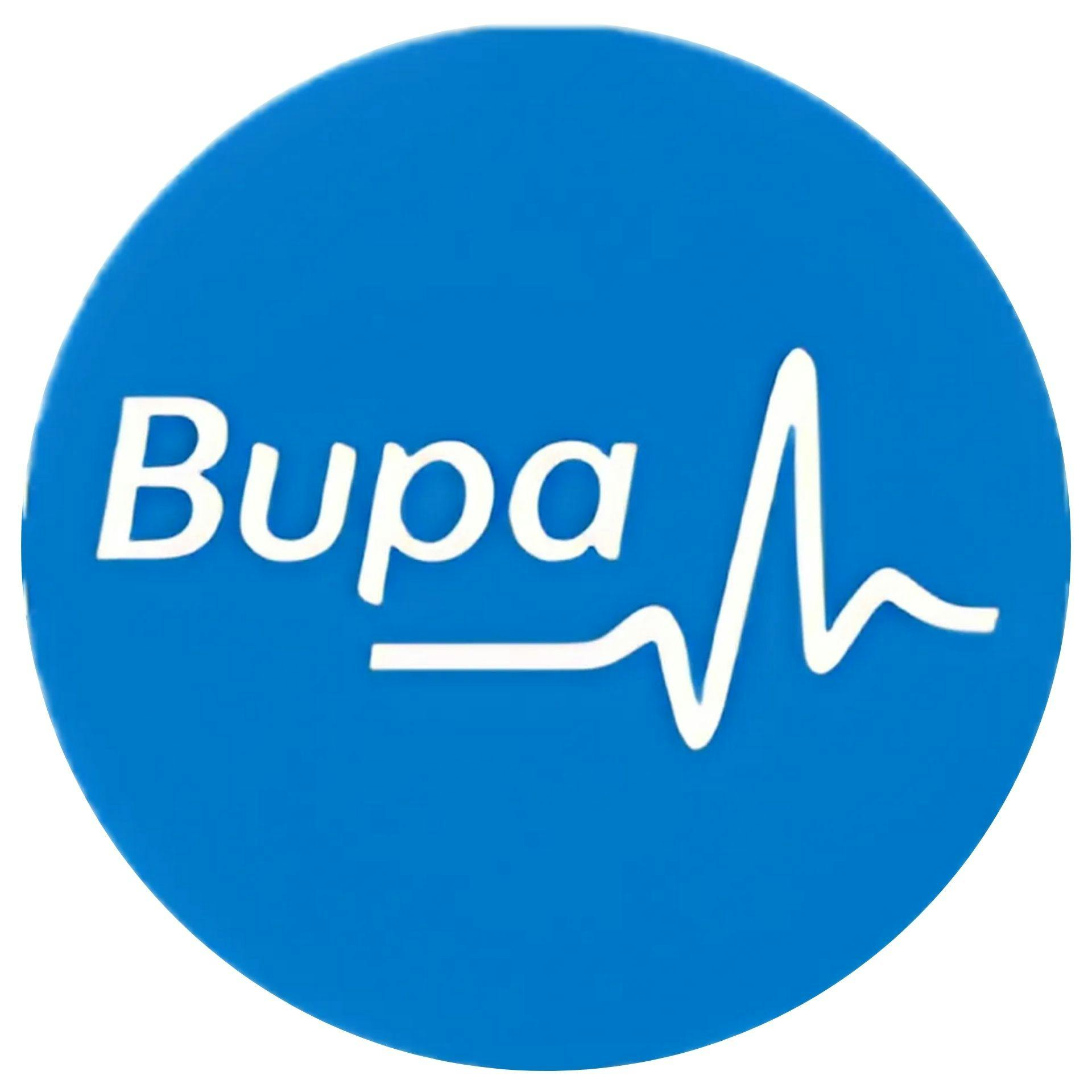Carpal Tunnel Release is a surgical procedure that is performed to relieve the symptoms of carpal tunnel syndrome.
What Is Carpal Tunnel Release?
Carpal tunnel release is a surgical procedure that treats carpal tunnel syndrome, relieving the pain that can be caused by a compressed median nerve and restoring your full range of motion in the process. During the procedure, the surgeon cuts the ligament that forms the roof of the carpal tunnel, increasing the size of the tunnel and reducing pressure on the median nerve.
There are two main types of carpal tunnel release surgery: open release and endoscopic release. Open surgery involves making a small incision in the palm of the hand and cutting the ligament by hand. Endoscopic release surgery involves making one or two small incisions in the wrist and using a camera and specialised tools to cut the ligament.














